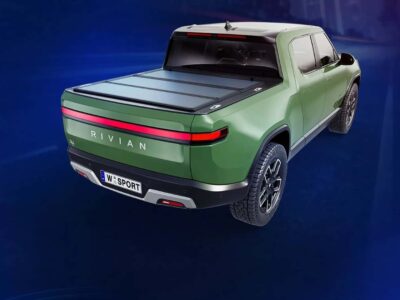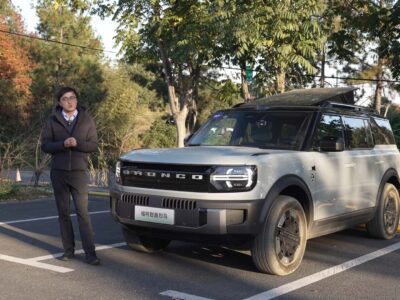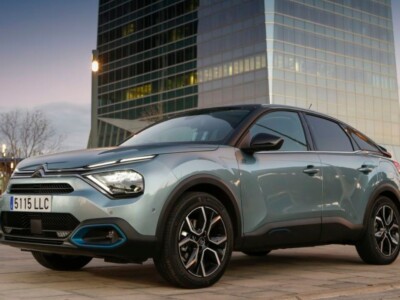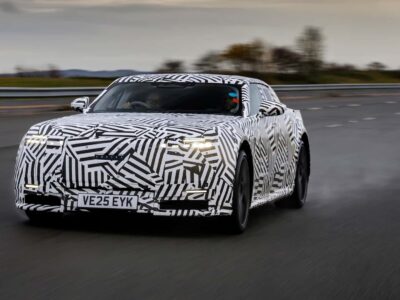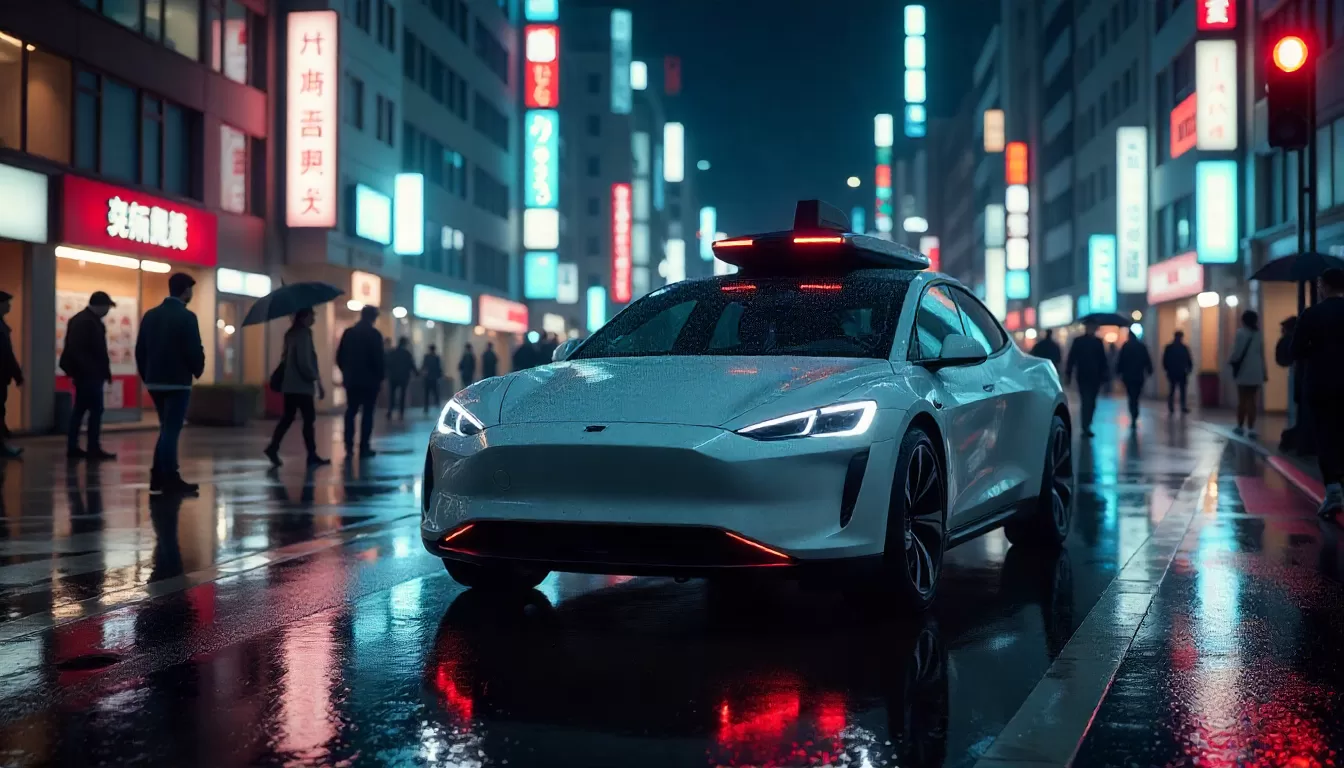
The automotive industry is changing before our eyes at a dizzying speed. From autonomous vehicles to AI-driven production, advanced technologies are transforming not only how cars operate but also how they are manufactured, sold, and experienced in our lives.
Whether you’re a car enthusiast, a tech entrepreneur, or simply curious, there has never been a better time to explore where the future of transportation is headed.
Understanding these innovations is not just useful; it’s essential. Companies adopting trends like digital personalization and AI-driven customer engagement are redefining brands, attracting the new generation of tech-savvy consumers, and strengthening their market presence.
In this article, we take you on a journey through the most exciting technology-driven changes happening today in the automotive industry, backed by expert analysis and future-focused insights.
Electric Vehicles (EVs): Powering a Greener Future
Electric cars have moved beyond being a niche. With leaders like Tesla and government policies promoting electrification, EVs are quickly becoming the norm. According to Bloomberg, by 2030, more than 60% of new cars sold will be electric.
What’s driving this transformation?
- Government incentives: Subsidies, tax exemptions, and reduced registration fees are accelerating adoption.
- Environmental awareness: Consumers are seeking products that reduce emissions and protect the planet.
- Better battery technology: New EVs can travel over 400 miles on a single charge, while fast-charging infrastructure is rapidly expanding.
Manufacturers like GM and Mercedes-Benz are already setting dates to go fully electric, charting a clear path toward sustainable mobility.
Autonomous Vehicles: The Dream of Self-Driving Gets Closer
Although autonomous driving isn’t new, we are closer than ever to cars that can truly “drive for us.” Companies like Waymo, Tesla, and Apple are investing billions to make this a reality.
Autonomous vehicles are classified into five levels of automation (Level 0 to 5). Today, most smart cars, like Tesla’s Autopilot, operate between Level 2 and 3: advanced assistance, but with a human driver present.
Benefits:
- Fewer accidents: Most crashes are caused by human error.
- Increased mobility: Elderly or mobility-impaired individuals gain independence.
- More efficient traffic: Vehicle-to-infrastructure communication reduces congestion and fuel consumption.
Regulatory challenges and public trust remain significant, but the autonomous future feels increasingly within reach.
Artificial Intelligence: Smarter Cars, Smarter Manufacturing
AI is transforming not just how we drive, but also how cars are manufactured and maintained.
In vehicles:
- Voice assistants: Alexa Auto and Google Assistant make interaction easier.
- Predictive maintenance: Alerts before parts fail.
- ADAS: Adaptive cruise control, emergency braking, and lane-keeping assistance.
In production:
- Quality control: Computer vision detects errors.
- Supply chain optimization: Predictive analytics streamlines processes.
- Vehicle design: Simulations and generative tools accelerate innovation.
BMW, Nuro, and Cruise are just a few examples of how AI is transforming factories and vehicles.
Connected Cars and the Internet of Things (IoT): Always Online
A connected car goes far beyond GPS or Bluetooth. It interacts with the cloud, infrastructure, and other vehicles. By 2025, there will be over 400 million connected cars worldwide.
Real-world applications:
- Real-time traffic and navigation
- OTA (Over The Air) updates, like a smartphone on wheels
- Vehicle-to-vehicle (V2V) communication to prevent accidents
The result: a safer, more efficient, and smarter driving experience.
AR and VR: Reinventing Sales and Service
Immersive technologies are transforming not just driving but also the buying and servicing experience.
- AR in cars: HUDs display speed, navigation, and alerts on the windshield.
- AR navigation: Arrows projected directly onto the road in BMW and Mercedes vehicles.
- VR in sales and service: Dealerships offer virtual test drives and train technicians through immersive simulations.
Brands like Porsche and Audi already implement virtual showrooms, allowing customers to explore models without stepping into a dealership.
3D Printing and Advanced Manufacturing
3D printing is revolutionizing prototypes, part manufacturing, and customization:
- Rapid prototyping: Design changes in hours, not weeks.
- Cost savings: Production of rare or discontinued parts.
- Reduced weight: Lighter, more efficient cars.
Ford uses 3D printing for accessories, templates, and even brake components in race cars.
Sustainable Materials and Circular Economy
Sustainability goes beyond engines:
- Eco-friendly interiors: Volvo and BMW use sustainable materials.
- Biomaterials: Ford experiments with hemp-based compounds and soy foams.
- Battery recycling: Tesla and others aim to recover lithium, cobalt, and other metals.
Consumers demand transparency and environmental responsibility, and brands respond through innovation.
Conclusion: An Electric, Connected, and Conscious Future
The automotive market is no longer just about power and fuel economy. Today, it’s about smart technology, sustainability, and driver experience. From OTA-updatable EVs to AI assistants planning your route, innovation is redefining both mobility and the way we think about cars.
For businesses and individuals, keeping up with these trends is not optional—it’s key to connecting with tech-savvy consumers and strengthening your brand through innovation and sustainability.
Our future is on the digital road: electric, connected, and full of possibilities. And the exciting part is that we’re just getting started.


